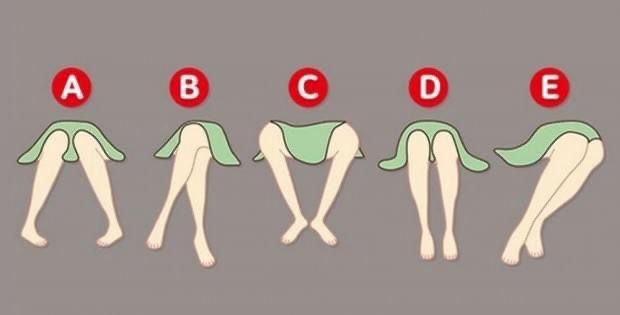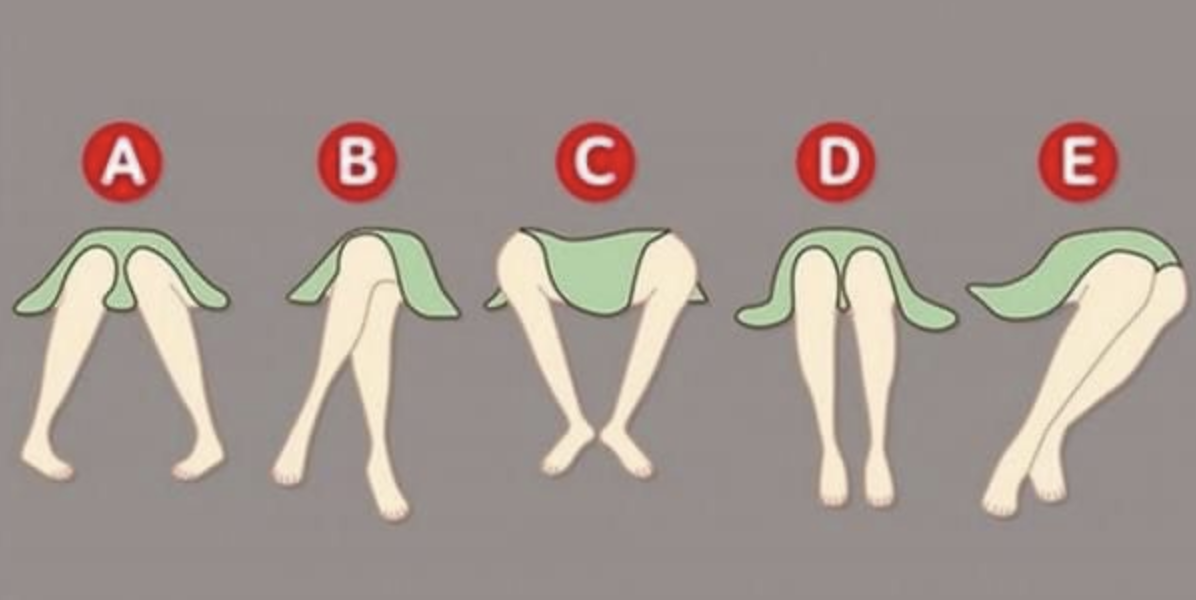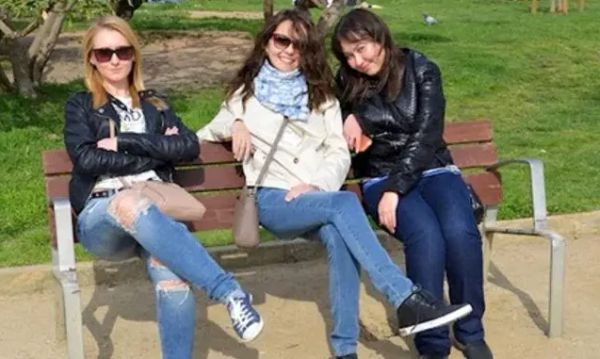Have you ever noticed how someone sits and wondered what it says about their personality? Experts say that the way people position their legs while sitting can reveal a lot about their inner thoughts and secrets. So, the next time you’re with someone, pay attention to their seating posture if you want to understand them better.

The “A” Position: Avoiding Difficulties
People who sit with their legs in an “A” position often prefer to avoid dealing with their problems. Instead of facing their difficulties head-on, they tend to ignore them or blame others. While this may lead to lost time and missed opportunities, these individuals are known for their pleasant and creative nature. They have a certain magnetism that attracts people, even if they occasionally speak without thinking twice.
The “B” Position: Privacy and Secrets
Those who cross one leg over the other while sitting in the “B” position tend to be highly private individuals. They keep their inner thoughts and secrets hidden from others. In social situations, they may appear relatively quiet. However, they possess wisdom and knowledge that make them fascinating to get to know. They have a fantastic imagination and a tendency to daydream. Their creative ideas are highly valued at work, and they constantly seek new experiences, explore the world, and build meaningful connections.
The Comfort-Seeking “C” Position
In contrast, people who adopt the comfort-seeking “C” position prioritize their own comfort above all else. They take pride in achieving perfection in their belongings and experiences. From personal items, such as clothing, shoes, and perfumes, to substantial assets like furniture, they pay close attention to detail. However, their meticulousness is often offset by their disorganization. They may struggle to focus in hectic or chaotic environments, which can sometimes come across as dismissive or arrogant to others.
Different Strengths and Challenges
While the dreamer and the comfort-seeker have distinct characteristics, they both bring unique strengths and challenges to their roles. The risk-taking, creative inventors contribute fresh ideas and a desire for change. On the other hand, the comfort-seekers value stability and physical comfort. By acknowledging their biases and working to mitigate their limitations, they can both contribute to a productive and fulfilling working environment.
Expressions of Personality Through Posture
A person’s sitting posture can indicate a lot about their personality. Those who prefer an upright posture and abhor being late are often observant and vulnerable individuals. They value their peace of mind and may be hesitant to express their emotions openly in public.
In contrast, individuals who sit with their feet firmly planted on the ground tend to be more open and expressive with their emotions. They may come across as rude at times, but they are unafraid to express how they feel.
Those who keep their feet crossed or folded under their chairs may struggle with socializing and perceive it as a competition where they need to be cautious of their peers. They seek refuge in their homes, where they can let their guard down and relax. However, they may find it difficult to receive criticism as it feels personal to them.
The “E” Position: Patience and Tenacity
People who sit in the “E” position are usually patient and tenacious. They prioritize their appearance and make an effort to look their best. They don’t rush themselves or others, believing that everything will work out in due time. However, this could stem from a lack of self-confidence and inner unease. Criticism can be challenging for them to handle, as they often take it personally and feel the need to defend themselves.
Revealing Insights
In conclusion, a person’s sitting posture can offer valuable insights into their nature and personality. A simple seating decision can reveal a lot, from a person’s level of vulnerability and emotional expression to their confidence and approach to dealing with difficulties. So, the next time you find yourself observing someone’s sitting posture, remember that there’s more to it than meets the eye.





